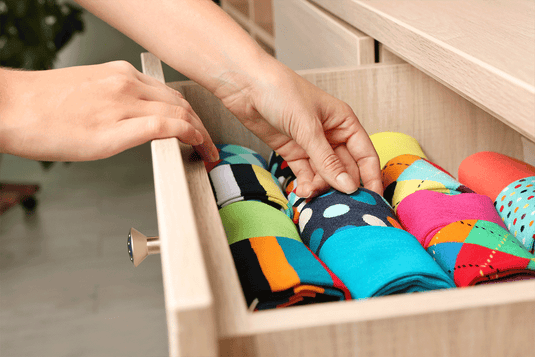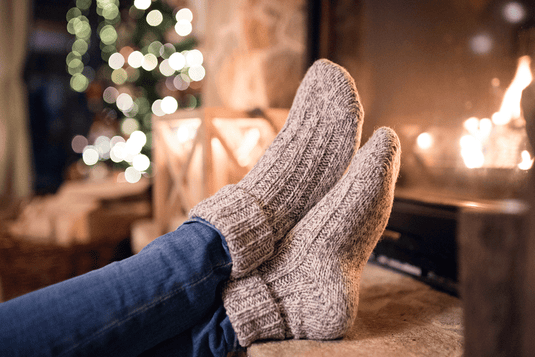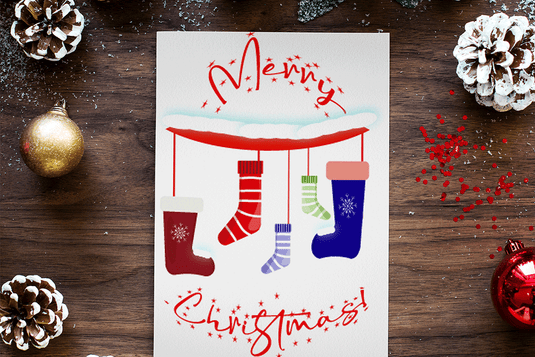
Cashmere is a beautiful wool known for its incredible, almost velvety strands. However, pure cashmere may be relatively expensive because of its time-consuming method, which involves the fibers being removed by hand from the molted coats of goats, earning it a reputation as one of the most luxurious fabrics.
What's So Special About Cashmere?
The tight twist of the fibers in cashmere gives it a velvety feel and makes it seem as soft as silk. Cashmere is luxurious and sophisticated because it is warm and has a sleek, form-flattering cut. Your cashmere may be worn throughout the year.

What is Cashmere?
Cashmere is a fine, luxurious wool from unique animals called cashmere goats or pashmina goats. Kashmir, the traditional spelling of cashmere, is an area in northern India that continues producing fiber. Among natural fibers, cashmere stands out for its luxurious softness and warmth.
Cashmere is a luxurious material made from threads that are so fine and soft that they are sometimes compared to silk. Cashmere is akin to mohair, which comes from angora goats, and is warmer and lighter than sheep's wool. Since cashmere fibers are so tiny and lightweight, combining them with heavier yarns, like merino, is common practice to get the desired weight.
Washing Method
- Guidelines for washing a cashmere sweater include:
- When washing cashmere, it's best to do it in cold water with a mild detergent.
- For the next half an hour, submerge the cashmere sweater in water.
- Run some cold water over it and squeeze the excess out.
Storage And Care
- Before storing your cashmere fabric, wash it properly.
- After washing it, let it dry.
- Clean all the molds on cashmere fabric; it is the best way to take care of this delicate fabric.
- pack it in an air-tight bag.

What Makes Cashmere So Expensive?
Cashmere, sometimes referred to as "the cloak of kings", is regarded as one of the finest and softest natural fibers.
The only things more noble, rare, and valuable than they are diamonds and gold. The cashmere goat, which may be found in Afghanistan, Inner Mongolia, China, Iran, Iraq, and Turkey, is responsible for producing the cashmere fiber.
Freezing temperatures of minus 30° to -40°F characterize the weather in these regions. Cashmere, sometimes known as "golden fleece," is an animal fiber produced biologically during the winter to protect the animal from extreme day-to-night temperature swings.
Cashmere is collected either from the backs of the goats or their necks. Because of its low yield, it is expensive. The cashmere goat grows two coats, one soft and one coarse. Cashmere is the undercoat, which is made of wool.

Types of Cashmere Fabric
- The Cashmere Wool
Since cashmere is the highest-quality fabric, cashmere blankets and women's cashmere sweaters are popular.
- Pashmina Wool
Cashmere and Pashmina goat wool is sometimes confused. But they're diverse, and each has its unique features. Cashmere is not a mix like a pashmina. It's a cheaper alternative to cashmere. It's inexpensive for the average person.
- Grade C Cashmere
You won't find a cashmere cloth any worse than this. It's rougher, bulkier, and less comfy than the other. It costs a fraction of the price of comparable options. It is often fashioned into outerwear with little or no physical contact.
- Grade B Cashmere
Grade B cashmere has a micron width per hair of around 18–19, making it the lowest quality of the cashmere grades. Costing between 50% and 70% less than Grade A, its quality is also in the middle.
- Grade A Cashmere
Do you know why specific cashmere scarves are so soft? They cost that much because they are crafted from Grade A Cashmere, the supposedly priciest material. Soft and pleasant, with a hair diameter of roughly 14 microns.
How Is Cashmere Made Step By Step?
- Shearing
The goats must have wool coats, which take a year to grow. Shearing is cruelty-free and uses several processes to remove the goat's wool.
- Cleaning
After gathering the raw wool, the second step is cleaning it of any dirt.
- Combing
Fibers will comb separately into straight lines and segment by thickness and thinness.
- Spinning
Spinners twist woolen fibers into yarn from segmented fibers. As a result, the textile industry makes thinner and thicker yarns.
- Purifying and Dyeing
Aging cleans and dyes yarn. Cashmere manufacturers prefer garment-dying.
- Weaving
After finishing, cashmere yarn is woven into scarves, shawls, vests, and sweaters.
- Finishing Up With Treatment
Since wool is inherently flame-resistant, clothes will be flame-retardant-treated before leaving service.
- Packing
After the product has been branded and packaged, it is ready to be released into the market.

Is Cashmere Worth Buying?
Sure! Cashmere is luxury and precious because it can be spun into the softest sweater imaginable, keeping you toasty while being so breathable that you never overheat, and that's only the beginning of its uses.
Producing a cashmere product is an art that people have perfected over centuries. The unique combination of providing the best weather conditions and terrain for the growth of cashmere goats, along with the centuries-old knowledge of how to harvest their wool and craft it into garments, makes these products some of the most sought-after in the world.













